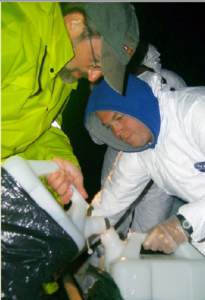The Catch: Interlochen Public Radio podcast finds ‘[Un]Natural Selection’ in nature
![The Catch: Interlochen Public Radio podcast finds ‘[Un]Natural Selection’ in nature](https://www.greatlakesnow.org/wp-content/uploads/2017/01/Unnatural-Selection-Logo-240x135.jpg)
Broadcasting in our monthly PBS television program, The Catch is a Great Lakes Now series that brings you more news about the lakes you love. Go beyond the headlines with reporters from around the region who cover the lakes and drinking water issues. Find all the work HERE.
Turns out what used to be natural selection is becoming a bit unnatural.
Great Lakes Now
https://www.greatlakesnow.org/2022/04/the-catch-unnatural-selection/


